
- Home
- About Us
- Workflow
- Projects
- Customer Feedback
- Private Policy
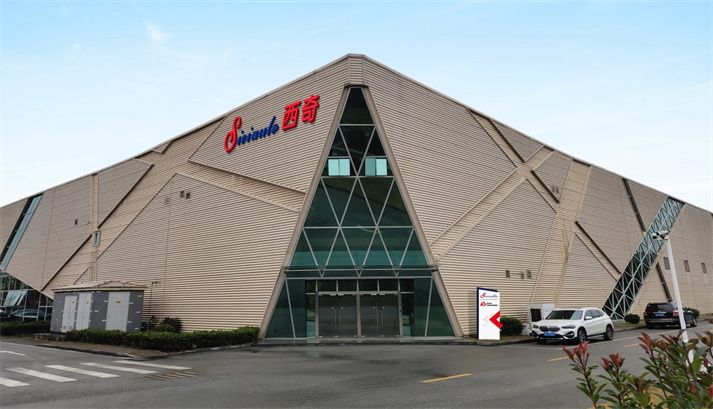
- Products
- Overwrapping Machine
- Cartoning Machine
- Case Packer
- Labeling Machine
- Shrink Wrapping Machine
- Case Erector
- Case Sealer
- Check Weigher
- Strapping Machine
- All-side Ironing Machine
- Tea Bag Packing Machine
- Packaging Materials
- Pillow Type Packing Machine
- Filling And Capping Machine
- Tube Sealing Machine
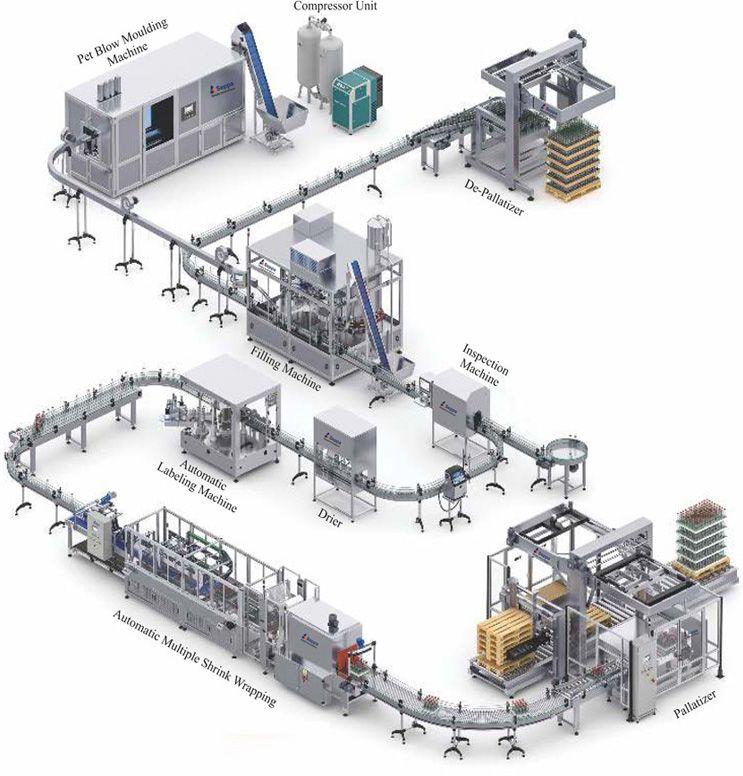
- Solutions
Four Trends In The Global Packaging Industry In The Future2020-12-14Interconnected packaging
The number of people with connected devices in the world is increasing, and the technology that connects packaging and the online world is progressing day by day. People's interest in connected packaging has been rekindled. Brands can be virtually connected to packaging in a variety of ways, including QR codes and other graphic markings, near field communication (NFC), radio frequency identification (RFID), Bluetooth, and augmented reality (AR).
For consumers, interconnected packaging can provide consumers with added value, bring a unique shopping experience, and meet consumers' needs for interactive and personalized shopping. This connection can provide a unique experience and make omnichannel shopping possible.
For brands, connected packaging can distinguish products from other competing products on store shelves. This not only further spreads product characteristics, but also connects consumers to cyberspace, thus establishing direct contact with product buyers.
Connected packaging brings marketing opportunities, integrating online participation and interaction into shopping, potentially influencing and driving purchases. At home, this connection can improve consumer interaction with the brand, enhance the use of branded products, and provide experiential elements for product interaction.
All in all, interconnected packaging can become a link between the physical and digital shopping world, allowing brands to control how to display their brands and products online, and provide fascinating content and specific product information, which directly influence purchase decisions.
Recycling
Last year, industry news headlines were flooded with brands and converters' promises to use 100% recyclable materials or 100% recycled packaging. However, the reality is that few people fully consider how, where, and by whom these materials will be supplied and recycled. Although recyclable packaging claims have become common, claims that contain recycled materials are still rare. The scarcity of high-quality recycled plastics and concerns about food safety make it difficult to use recycled materials in food and beverages.
For consumers, some people may have developed the habit of recycling, but for others, the lack of convenient ways to clean and sort waste is an obstacle to recycling.
For brands, more clearly indicating which part of the food packaging can be recycled is the primary factor that encourages consumers to recycle more.
When people cannot transport packaging waste to other countries or make them disappear from sight, there may be significant improvements in recycling facilities. This will boost the production capacity of high-quality recycled materials. In the future, brands have the opportunity to become part of the solution, promising to use recycled materials in new packaging, and comply with consumers' awareness of recycling.
Reshape the box
Packaging and brand experts believe that the rapid development of e-commerce has had an impact on global packaging design far more than anything the industry has experienced in the past few decades. More and more consumers are shopping online, and brand e-commerce packaging and packaging strategies are changing the face of the industry.
E-commerce brings challenges and opportunities to every link of the supply chain. Brands meet the challenges by reducing costs and increasing consumer participation. Brand marketers have unlimited exploration space for the new generation of shelf displays, the ‘hero image’ on the retailer’s website and the ‘unboxing’ experience. From an environmental perspective, e-commerce has become a catalyst for new ideas in sustainable design.
For consumers, in traditional retail, the brand tonality and information conveyed on the outside of the package are important purchase considerations. In e-commerce, brands have come to realize that the information transmission of transportation packaging and internal packaging should be separated from brand promotion-the latter will contain design elements that can surprise consumers when they open online shopping products.
For brands, although consumers currently prefer to buy groceries in physical stores rather than online, the convenience of online shopping will eventually spread to food, beverages and household products. Only through a mature e-commerce packaging strategy, brand owners can design packaging for the worst distribution scenario. At the same time, only by exploring and using sustainable packaging optimization elements, merchants can obtain huge financial, social and brand equity benefits in the field of e-commerce packaging.
Zero plastic
Marine plastic pollution has become one of the most serious environmental problems in the world, and people have gradually realized that materials should be treated differently. New explorations such as zero plastic channels, zero packaging stores and alternative packaging materials allow consumers to actively choose plastics in the market. These new attempts still face challenges.
The zero plastic channel reflects consumers' incessant disturbance to excessive plastic packaging. However, few people in real life are willing to give up the convenience and advantages of plastic packaging. The term "zero plastic" seems simple, but there is no uniform definition. Even zero plastic packaging usually contains plant-based plastics, which shows that the definition of zero plastic is not clear.
For consumers, zero-package stores provide bulk, unpackaged products. Shoppers need to carry their own containers, and the products are weighed and sold. Consumers can buy only the amount of products they need, avoiding food and packaging waste.
For brands, brands should take immediate action. They can ensure a place in the emerging zero-plastic market by switching to widely recognized packaging materials. They can also participate in discussions to clearly explain the benefits of plastic packaging to products and eliminate people’s concerns about plastics. Pollution concerns, provide suitable solutions to deal with the problems when the service life of the packaging expires.
About us- Tel: +86-510- 85868879
- E-mail: sales@siciauto.com
- Address: No.132-4, Rongyu Road, Xishan Economic Development Zone, Wuxi City, Jiangsu Province, China.
- SUPPLIER







- PROJECTS
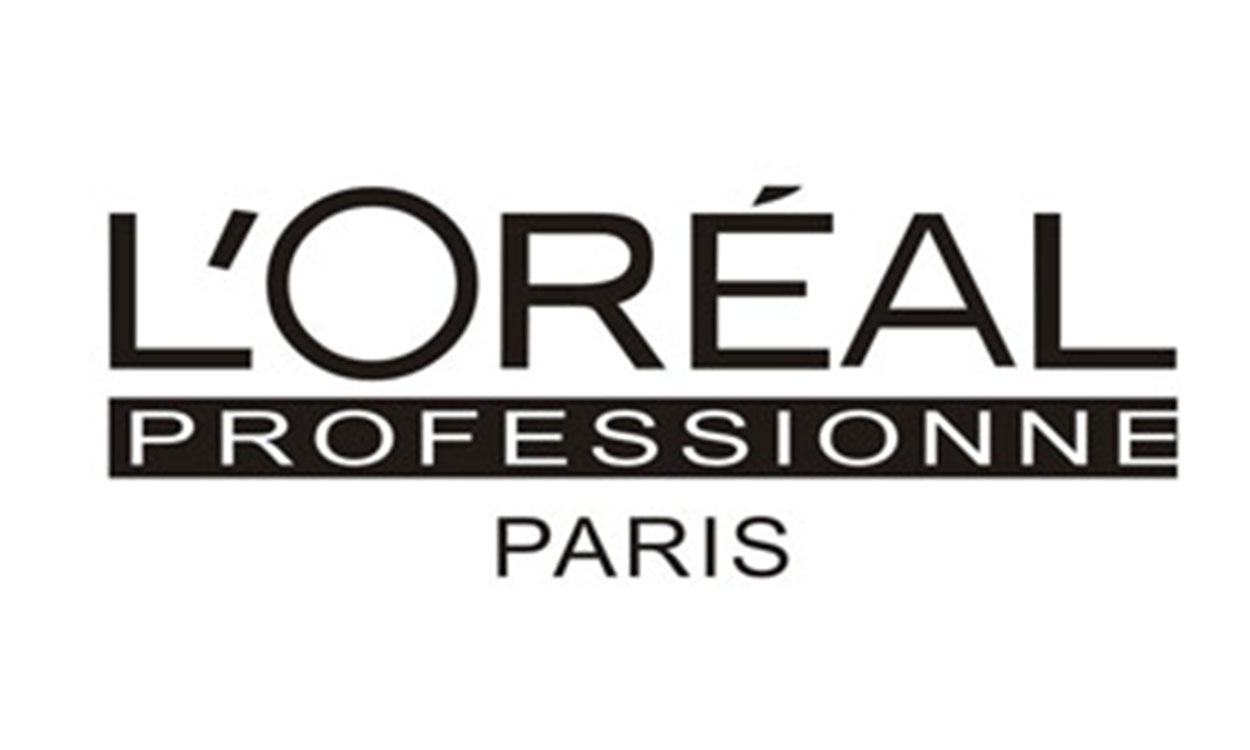

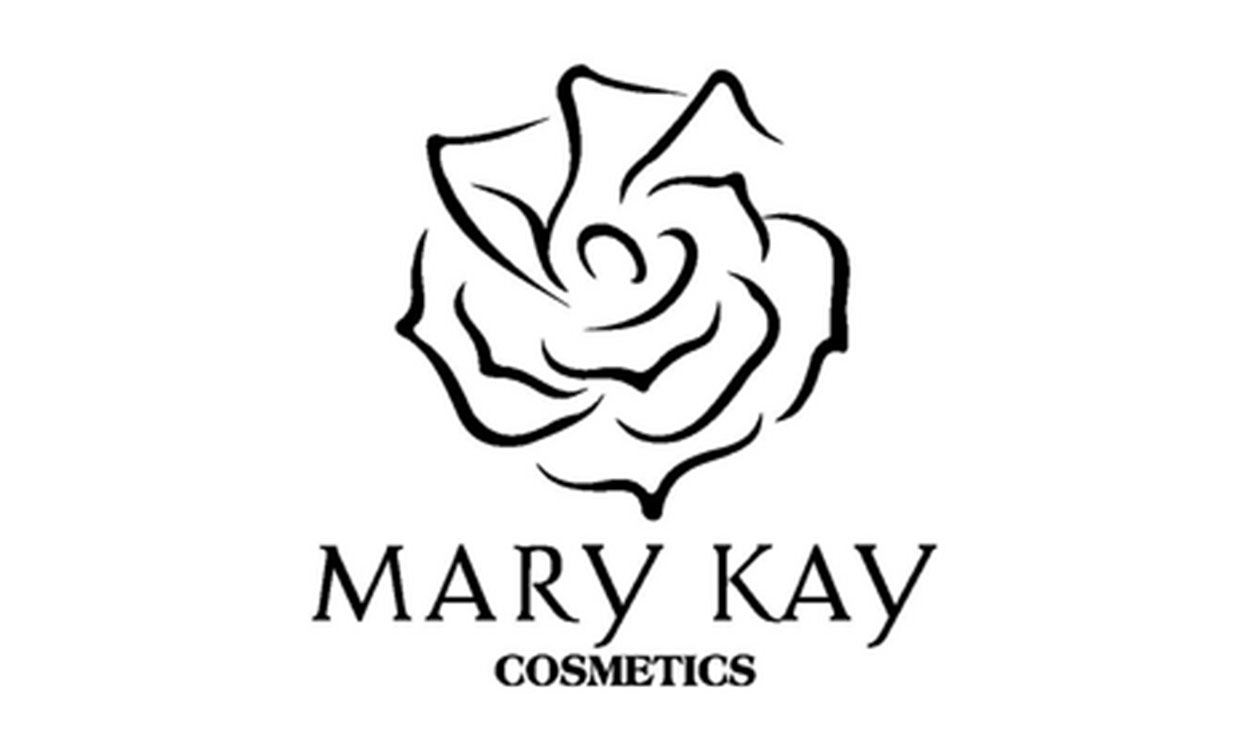
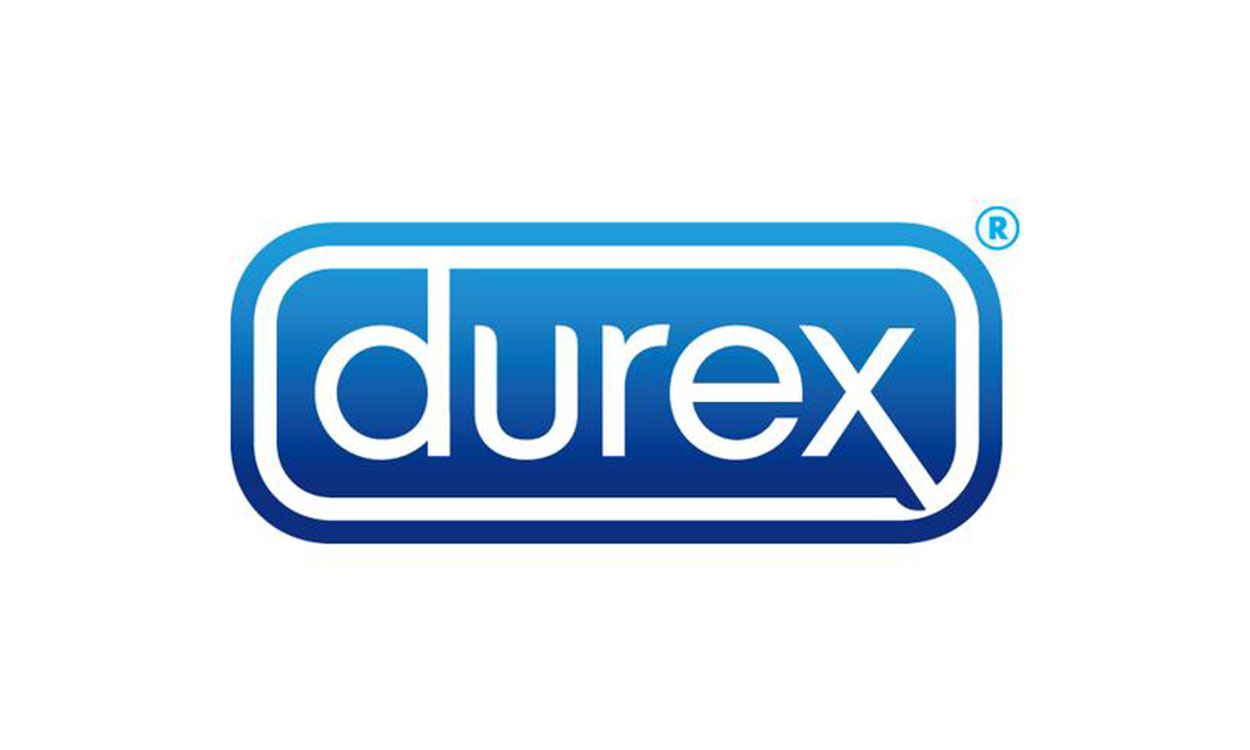

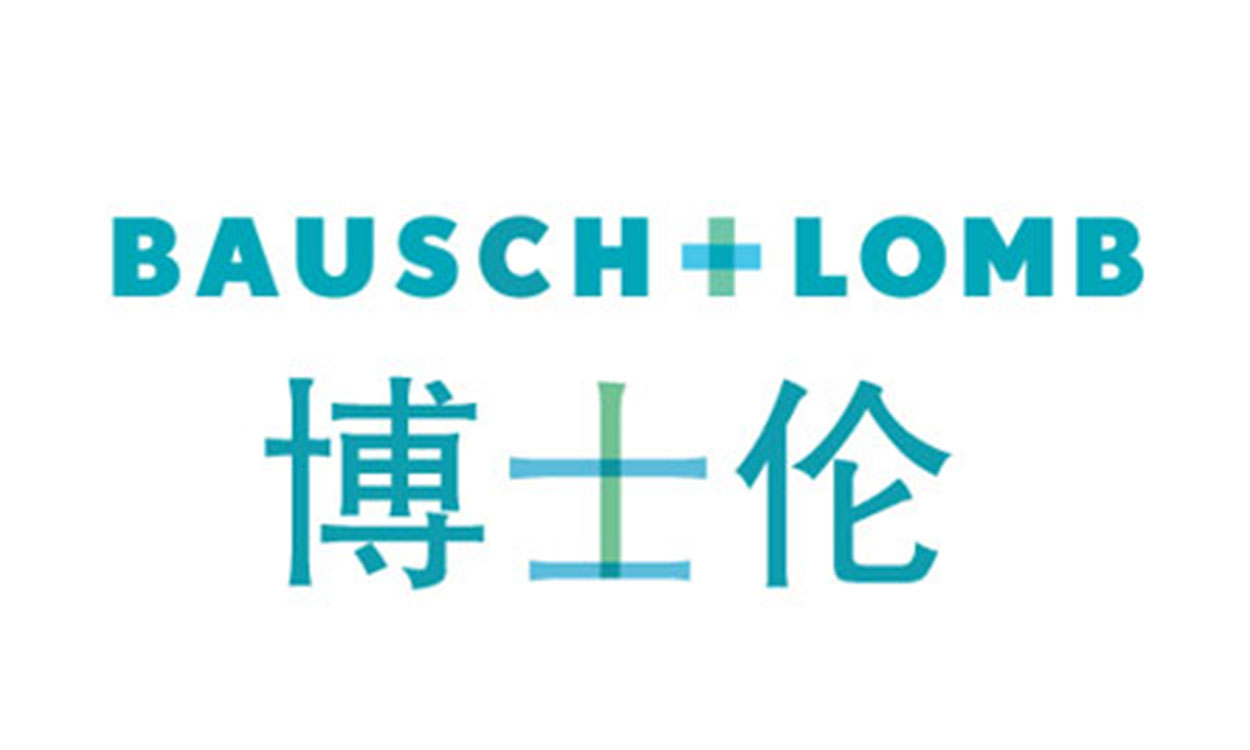

Wuxi Sici Auto Co., Ltd. Boxmedia







